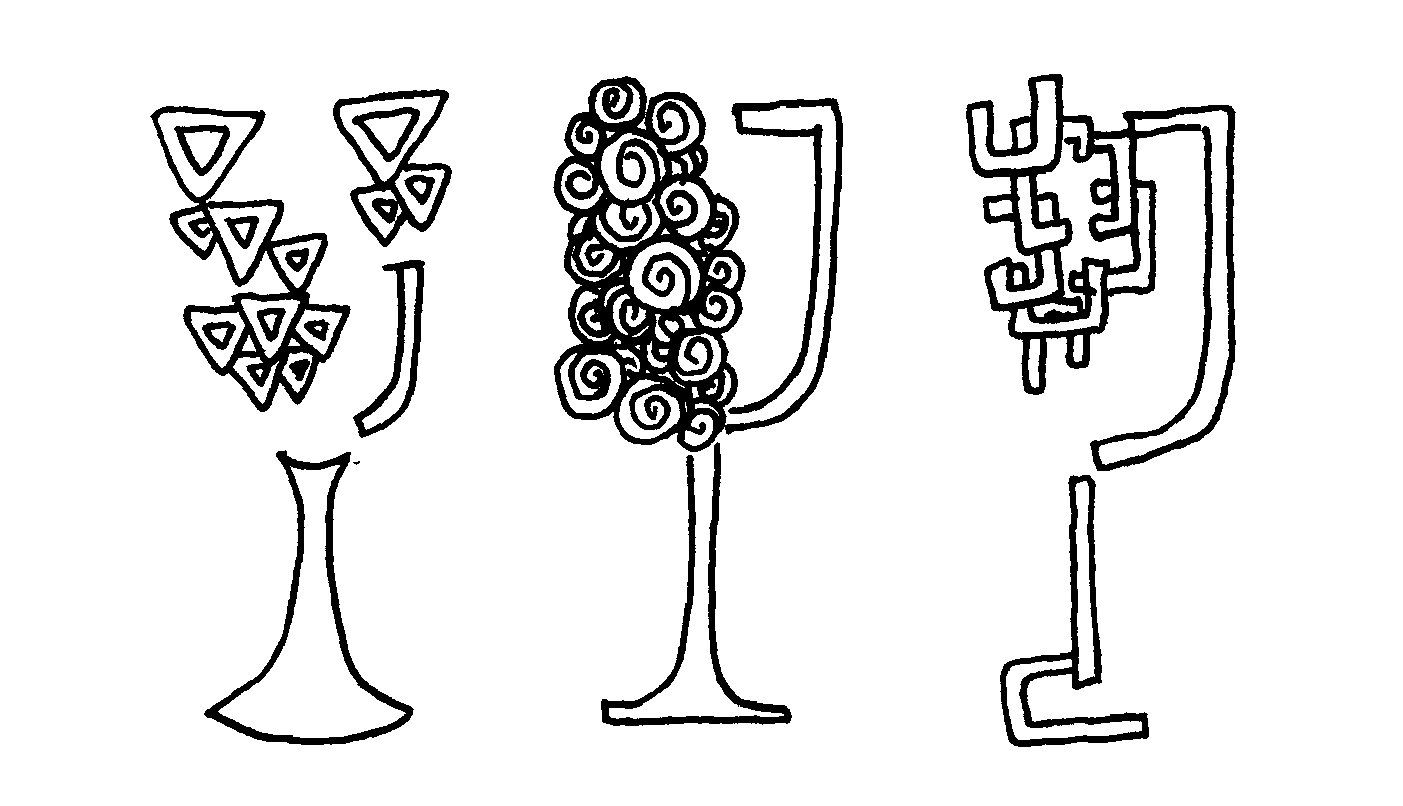Viognier: Flowers & Peaches & Cream, oh my!
Let’s talk about Viognier (vee-own-yay).
Viognier is a white grape variety that doesn’t get talked about *too* much, but let me tell you what, Viognier definitely stands out among the crowd. Could it be your new favorite flower-child varietal?
Here are the three defining characteristics that make Viognier Viognier:
Highly aromatic
This just means it smells strongly. The super-scented, perfume-y nose you will smell wafting many, many inches away from the glass. And those aromas will be ripe (again, strongly-smelling) fruits like apricot or peach and high-noted, perfume-like scents such as honeysuckle, peach blossom, or gardenia.
Full body and oily texture
On the palate (ie, in your mouth), it's typically rich, full-bodied and oily or waxy. The weight of it will be heavy (like imagine the weight of whole milk versus water). The texture will often coat your mouth leaving a lingering oiliness or waxiness, like you just ate butter or ghee or thick cream.
Low acid
Viogniers don’t have a sharp, zingy acid. Instead, their low acid makes them more round and soft and easy on the mouth. “Smooth” you could say. Especially coupled with that ghee-like texture. The lack of zingyness means that there is less sharpness to cut through the perfume and fruit flavor leaving the flavors very intense.
All in all, if you like lots of high-noted flavor flav in your wine, then Viognier is your jam.
Next week we’ll tell you about what wine region has made a home for Viognier—and where you can find some super fancy schmancy ones. Can you guess where that might be? Comment below!
P.S. Are you a member of Sunday School Wine Society? Dig in deeper to what makes Viognier so distinct, its history, how to shop for it and what to eat with it—all the things! Get the basics in our Viognier Intro and then move on to the Shopping Guide, THEN take the Tasting Challenge. Not a member? Join! 👉





Viognier is a white grape variety that doesn’t get talked about *too* much, but let me tell you what, Viognier definitely stands out among the crowd. Could it be your new favorite flower-child varietal?